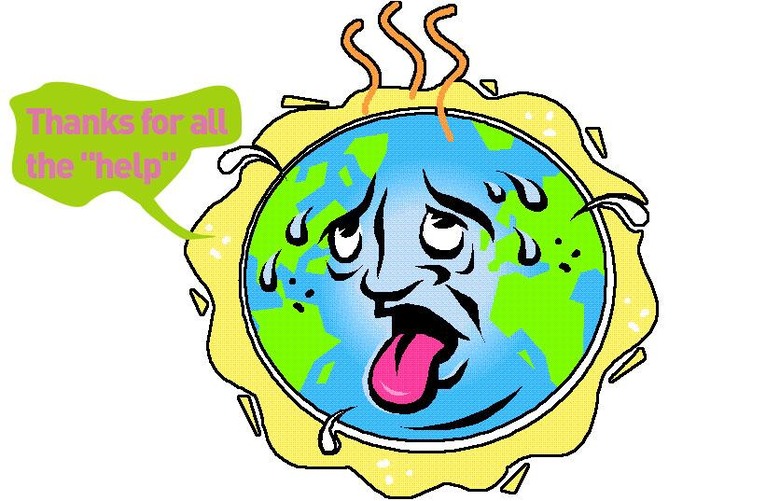Geoengineering not so great, so says Science
Two reports from the Nation Academy of Sciences (NAS) have arrived this week suggesting that so-called "geoengineering" isn't good for the planet. They suggest that the term "geoengineering" isn't a legitimate term, saying instead that the term "Climate Intervention" would be more appropriate. Why, you might ask, do they say that we shouldn't be trying to control the weather? It's simple: we don't yet know the consequences of our actions. Methods for changing our planet's makeup like albedo modification and carbon dioxide removal may still have dire consequences we don't yet understand.
One of the authors of these papers goes by the name Raymond T. Pierrehumbert. Several years ago, Pierrehumbert's lecture at the American Geophysical Union went a bit viral due to his suggestion that "certain geoengineering proposals" where nothing more than "barking mad."
He's come back this week to do a guest column with Slate the same week as the release of his National Research Council paper, suggesting here again – to make clear – that "he nearly two years' worth of reading and animated discussions that went into this study have convinced me more than ever that the idea of 'fixing' the climate by hacking the Earth's reflection of sunlight is wildly, utterly, howlingly barking mad."
Hacking the planet, these scientists suggest, is no substitute for reducing carbon dioxide emissions in the first place.
Or as Pierrehumbert suggests, so-called "solar radiation management" should be called "albedo modification" since he suggests we don't know nearly enough about the process or its ramifications to be calling it "management" at all.
This "management" would include spraying particles that reflect sunlight into the atmosphere.
Madness, he suggests.

"There is significant potential for unanticipated, unmanageable, and regrettable consequences in multiple human dimensions from albedo modification at climate altering scales," said Pierrehumbert and James Fleming in their report.
Fleming also called these tests "untested and untestable, and dangerous beyond belief."
Instead of suggesting that geomodification be trashed entirely, these two scientists said what any two scientists worth their salt would say: we need more testing. Don't think about doing these acts of craziness on our precious (and singular) ecosystem until we've done more tests – but don't toss them in the trash, either.
One paper can be found under the title Reflecting Sunlight to Cool Earth (2015), while the other can be found under the title Carbon Dioxide Removal and Reliable Sequestration (2015). Both operate under the header "Climate Intervention" and were created by the Committee on Geoengineering Climate: Technical Evaluation and Discussion of Impacts; Board on Atmospheric Sciences and Climate; Ocean Studies Board; Division on Earth and Life Studies; National Research Council.
